Preparedness
The Weakness Of Underground Bunkers
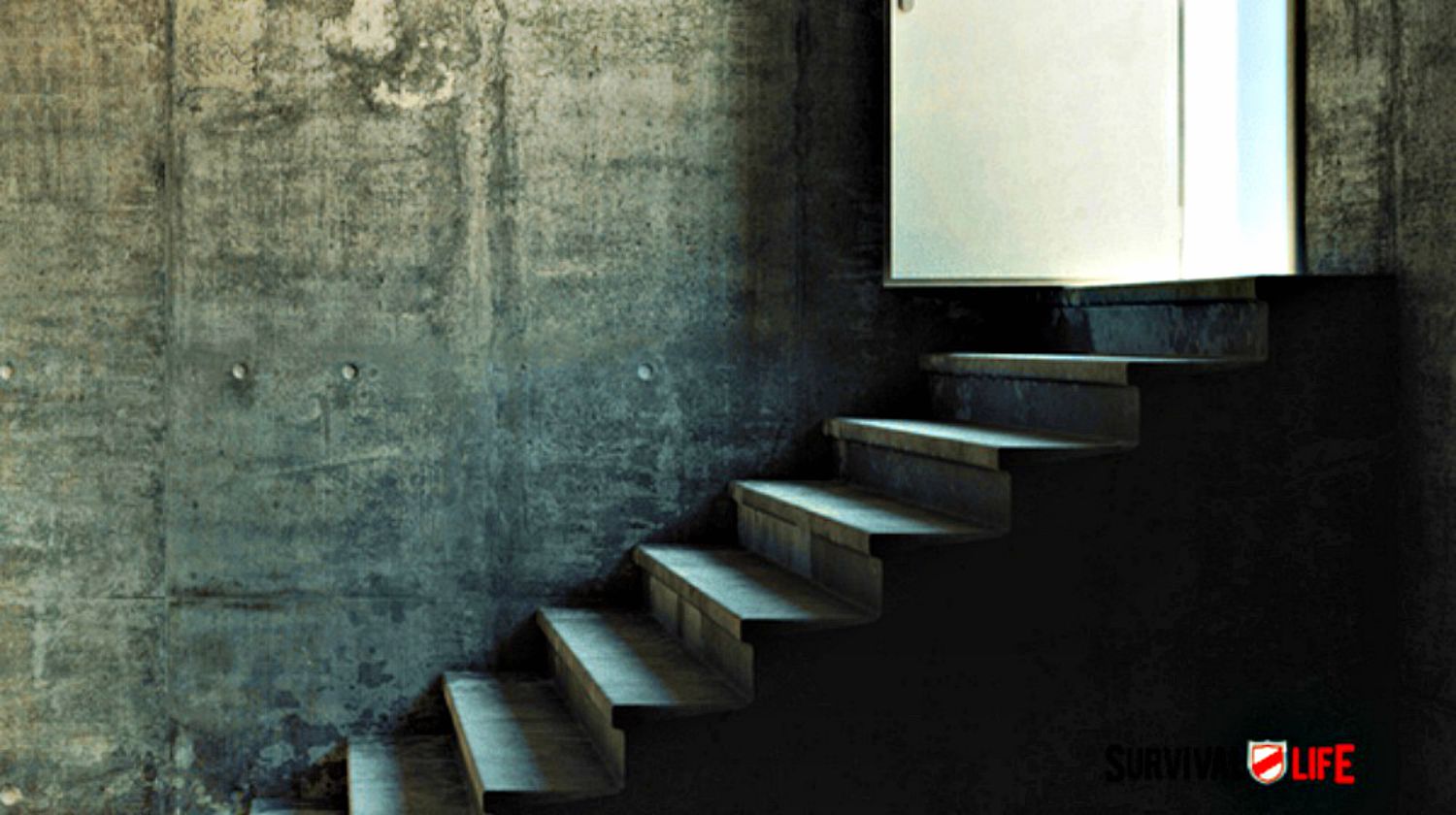
Look into how underground bunkers must be built structure-wise to get it ready for a doomsday scenario!
RELATED: What Do You Need For Your Underground Survival Shelter?
In this article:
Underground Bunkers | Important Things to Consider
Building Plans for Underground Bunkers
We often think of underground bunkers as being the ultimate survival backup plan. Whether it’s a natural disaster, civil unrest, or the zombie apocalypse, these survival shelters can prove to be pretty useful when it’s time to batten down the hatches.
However, if they are not built properly, these bunkers can quickly throw a wrench into your survival plans. Along with stocking your bunker with everything it needs, you need to ensure the structural soundness of your shelter.
Whether you’re planning to build your own underground shelter or have it done by professionals, you need to know what makes good and effective underground bunkers.
Read on to take a look at three of the most common weaknesses in underground bunkers and large storm shelters.
Weak Entrance
Entrances are typically the weakest part of a structure. Debris from a major disaster could force the door inwards, in which case you are no longer protected from the elements and are exposed to broken remnants flying inside.
You also need to be able to conceal yourself from unwanted visitors.
Your best option is to have a solid-core door, such as a mix of steel and plywood, which you can find here. A steel frame is also an integral part of your entrance.
People can have the world’s best concrete storm shelters, but a weak frame will make it useless.
You may also install a 90-degree barrier outside the door to inhibit intruders from knocking the down the door. Construct a concrete or cinder block barrier with just enough room to open the door and climb inside the shelter.
Check out if your door is FEMA approved.
RELATED: 5 Reasons You Need A Storm Shelter In Your Home
No Air Circulation
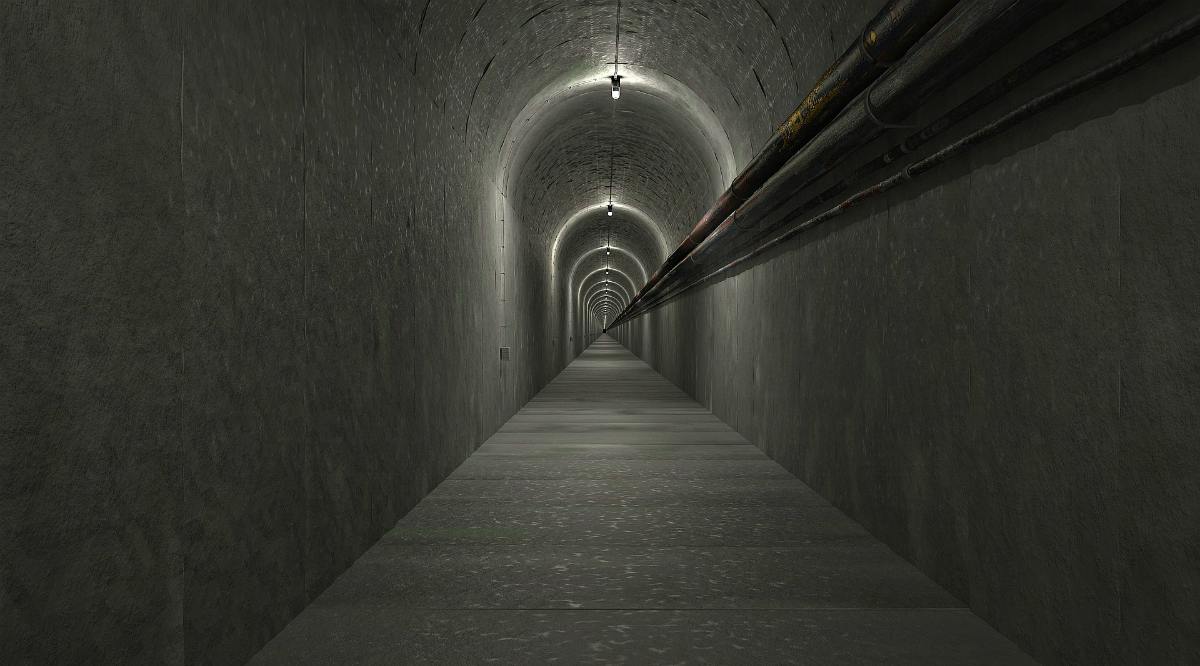
Air circulation is critical, especially in metal underground storm shelters. I once heard of a group of folks that hid in an underground school bus.
Although this is an innovative idea, the bunker did not have adequate air circulation and the group of people baked to death.
While the ground around the walls offers protection from natural disasters and most explosions, it can also be an oven, trapping heat. You not only need proper air circulation to cycle in oxygen and maintain body temperature but also to cycle out contaminants or contagions.
A simple remedy can occur with two holes and a fan, although HEPA filters can remove airborne bacteria and viruses. You can also use UV light to disinfect the air before circulation.
Read more about air circulation at The Omega Man.
Waste Management
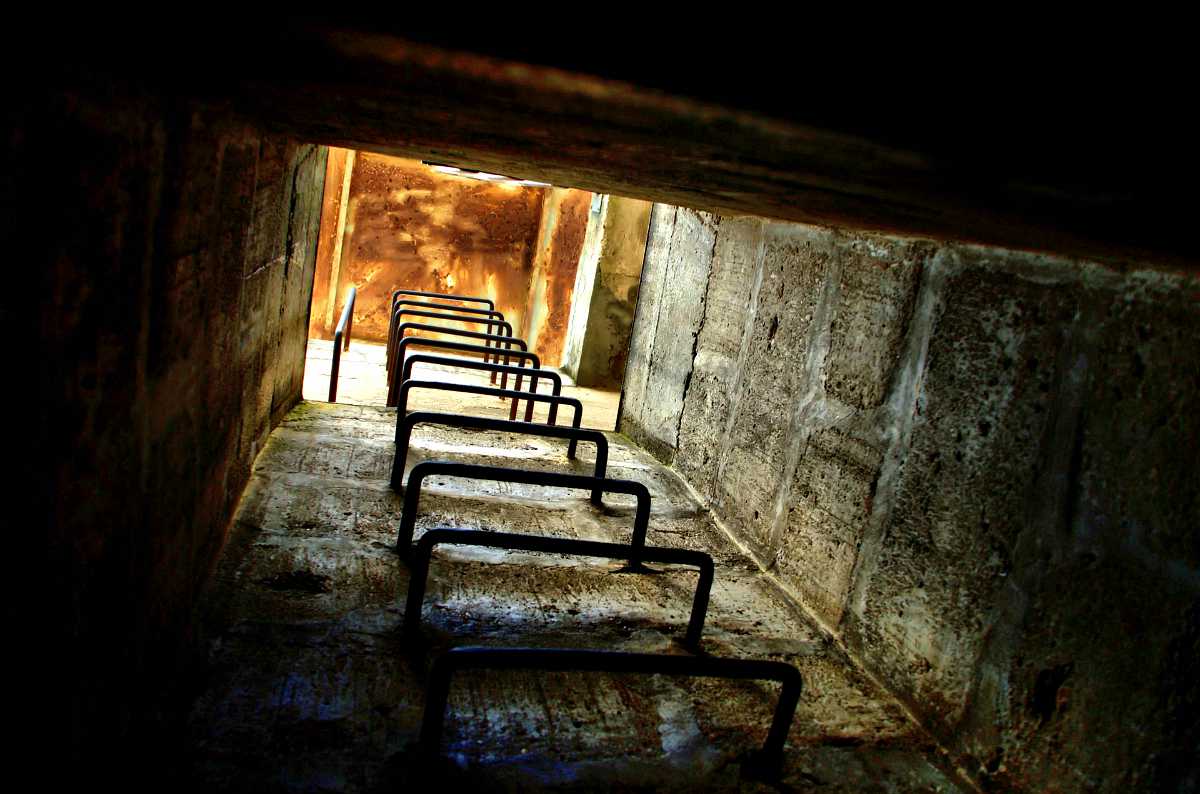
The amount of time you plan on retreating into your bunker will vary depending on the situation, but you can never count on an exact estimate of time. That being said, sewage and garbage must be dealt with, to avoid harboring contagions and diseases within underground bunkers and storm cellars.
Depending on the terrain, a septic tank or sewage system can do the trick. You may also incinerate garbage inside the shelter, as long as there is proper air circulation.
Check out this storm shelter from Lifesaver Storm Shelters of North Alabama:
Building an underground bunker is not as easy as digging a hole for people to hide. A survival situation can last for days, which means you need to make sure people won’t suffocate or live with their own waste.
Careful planning is a must before the building process takes place. Now you know what effective underground bunkers should have, you’re good to go with your plans.
Did you look into the same issues when building your bunker? Tell us about it in the comments section below!
Up Next:
- Prepper Time Capsule: Wisconsin Family Finds Fallout Shelter Hidden In Their Backyard
- Outdoor Survival Skills | Tell Time In The Wild Without A Watch
- These 5 Doomsday Bunkers Are Redefining Luxury
For awesome survival gear you can’t make at home, check out the Survival Life Store!
Follow us on Facebook, Instagram, Twitter, Pinterest, and Tumblr!
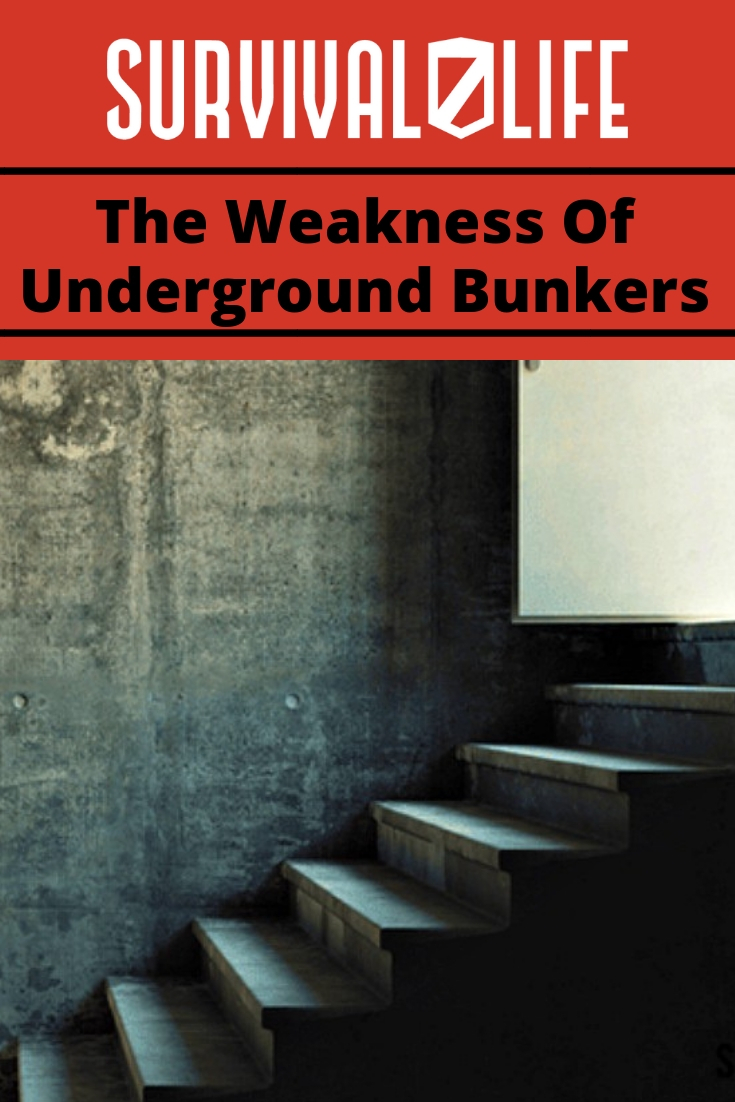
Editor’s Note: This post was originally published on June 19, 2014, and has been updated for quality and relevancy.
-

 Do It Yourself7 months ago
Do It Yourself7 months agoParacord Projects | 36 Cool Paracord Ideas For Your Paracord Survival Projects
-

 Do It Yourself9 months ago
Do It Yourself9 months agoHow To Make Paracord Survival Bracelets | DIY Survival Prepping
-

 Do It Yourself9 months ago
Do It Yourself9 months ago21 Home Remedies For Toothache Pain Relief
-
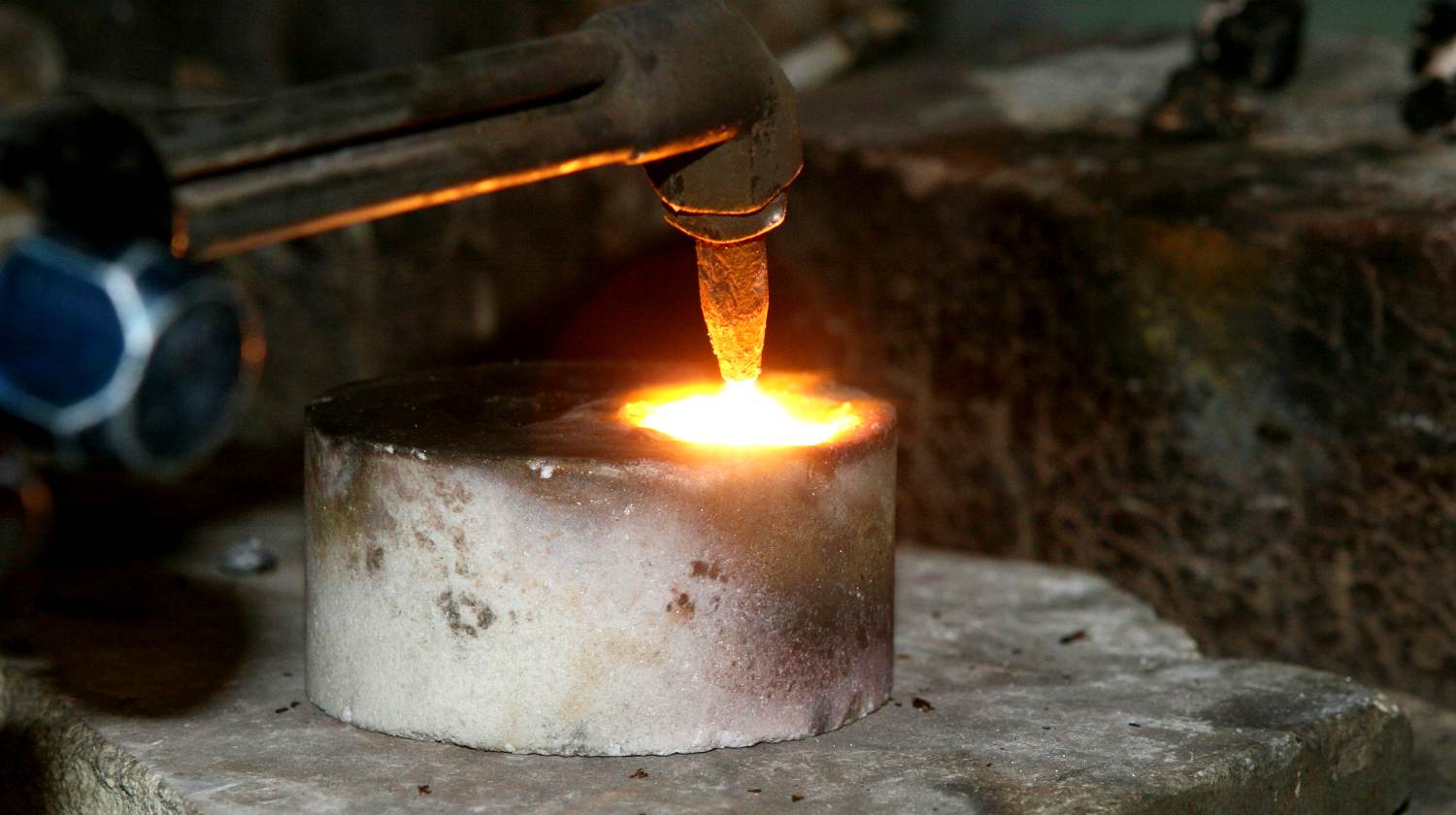
 Do It Yourself10 months ago
Do It Yourself10 months agoSurvival DIY: How To Melt Aluminum Cans For Casting
-

 Exports8 months ago
Exports8 months agoAre Switchblades Legal? Knife Laws By State



Great Grey
June 17, 2014 at 7:07 PM
Yes venting is very important, the less it depends fans the better. I’m not saying not to use fans just make sure your ventilation will move enough air to keep you alive if all fans fail.
R H Barber
March 18, 2018 at 9:34 PM
Local contractor ( Howard Cooke Construction) built Swiss designed blast proof shelters with hand cranked high volume fan for fresh air.
Dennis
June 18, 2014 at 7:35 AM
Another problem with bunkers is that you are now “stuck” in a location. Which means, in the case of bad guys, they can either create a siege situation or pour stuff down your ventilation intakes, from waste to gasoline and now you’ve got some real problems.
Security through obscurity for any typical in-ground bunker should be one of the first considerations.
At least, that’s the way I view it 😉
Pingback: Family-Friendly Storm Shelters - Survival Life | Preppers | Survival Gear | Blog - Survival Life | Preppers | Survival Gear | Blog
Grey
June 20, 2014 at 12:11 PM
You left out 3 other key ingredient’s that the stereotypical bunker needs and is often not considered in the first draft.
– a back up exit (even a stupid rodent knows to have more than one way out of its nest!) after all, a full on siege can be conducted by just one determined person with a rifle if you only have one exit, no matter how well camouflaged, when that exit is discovered.
– an ability to see the situation around the bunker without leaving its shelter (peepholes, periscope, etc.) preferably multiple non-electric sorts.
– effects of moisture (mold, rust, etc.)on such a sealed enclosed space, even with good ventilation.
Lauren J
June 24, 2014 at 9:38 AM
Great points, Grey. These should all be considered along with the weaknesses we’ve pointed out.
Nick
June 26, 2014 at 1:05 PM
I’d rather build a castle! Not the crap on Doomsday castle but something real and beefy. You could use earth berm or earth filled walls for extra strength.
Anthonyk747
July 12, 2014 at 8:41 AM
How about an underground labyrinth inside the castle? That way everyone else will get lost and die in traps, while you’ll survive and know your way around (till you get too old, that is).
frankie
November 23, 2014 at 6:06 PM
you could make the bunker a labyrinth in and of itself with a living quart res supply room,etc all in the center, in which case you would have multiple escape routes all well hidden with motion alarms, pressure detectors, and even motion activated cameras near each one
Mike
December 20, 2014 at 4:52 AM
big load of quack, “survial” seriously?
Pingback: Sneaky Survival Snare Traps To Keep You Alive - Survival Life | Outdoor Survival Gear & Skills, SHTF Prepping - Survival Life | Outdoor Survival Gear & Skills, SHTF Prepping
Pingback: These 5 Doomsday Bunkers are Redefining Luxury | Survival Life
NiteClerk
January 28, 2017 at 10:39 PM
I’ve never agreed with outward opening doors. It would suck if your house/basement/ a tree, whatever blew down and blocked your primary egress. Since I don’t expect an A Bomb to go off withing 10 miles of my shelter, I think I’m fine with my door opening inward. It increase my options for survival.
Anon.
May 4, 2019 at 2:04 AM
Mold will be the big problem it brought down-cut short, a soviet space mission very early because they did not consider it. NASA has a solution to deal with the problem but i don`t know what it is off hand but we could not be in space for more than a week or so without it. This would be a big problem if we ever go to mars due to the supply problem. FYI Hospitals years ago did use UV Light to kill pathogen`s now it is being included in air handlers in some cases to cut down on the spread of pathogen`s. You will have to look into it further but you can see bacteria etc. under UV Light and use a hand held unit to see it on walls, floors or other surfaces so it could come in handy even in everyday life not just a survival situation.
Anon
May 4, 2019 at 2:11 AM
I forgot to add, this product is excellent for wound healing for all animals including humans,it was recommended buy someone who does just that. Him and his family use on themselves when they get a cut, they live on a fame and have various animals including pet dog`s, it`s all natural, non toxic, and kills just about everything including MARSA you can get it on amazon.com the name of it is Vetericyn Wound & Skin Care
Vetericyn Plus All Animal Wound and Skin Care | Animal Wound Spray – Itch and Sore Relief – Cleans Cuts and Relieves Irritation – 8-ounce
Size:8-Ounce Pump
Style:All Animal
Gabriel
October 16, 2022 at 5:34 AM
My doomsday bunker for SHTF situations must be an underground green house that i am living in.
The plants feed you, and together with the worms and microorganisms from the ground consume your CO2, your shit and your piss together with the rests of the food. Generaly all the biological waste is recycled whyile keeping your air and water supply clean in a fully enclosed room wich can be totally isolated from the exterior.
Like the others pointed here allready there is got to be more in and out ways from/to the bunker, periscopes to see outside and arround and i would add some fiberglass light catchers to bring the sunlight from outside inside the green houses bunker.
For 360 degrees observation of the surroundings i would dig my bunker on a top of a hill and down below i would plant some trees.
Well … this greenhouse bunker HAS TO BE quite big and very well designed…anybody interesed?
Pingback: 12 Highly effective Methods for Peace of Thoughts – outdoorequipmentguide.com